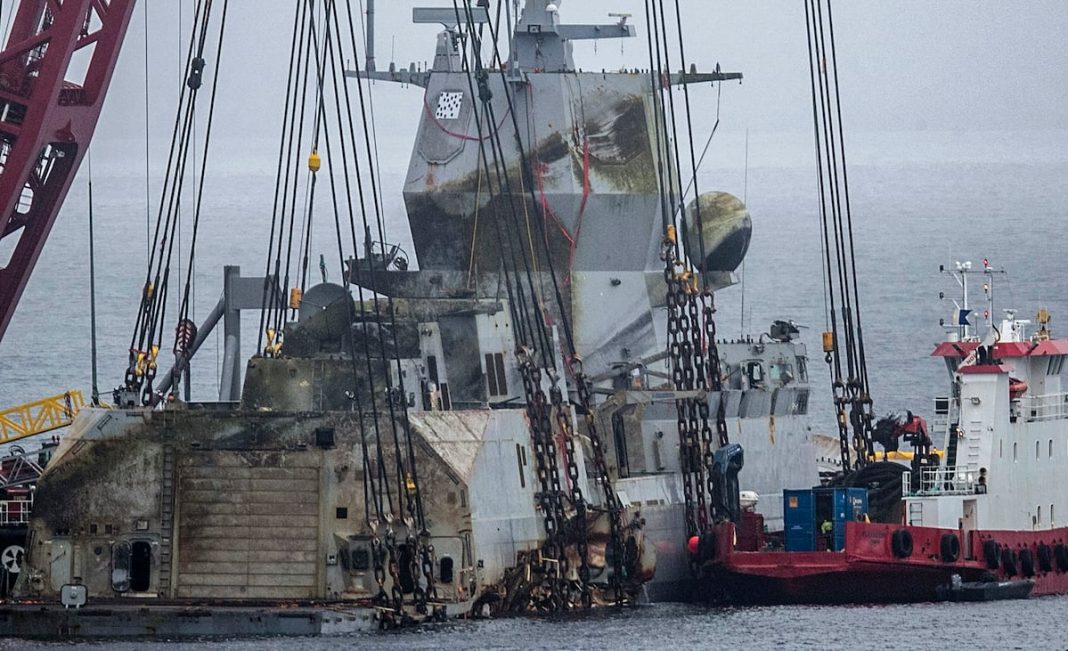PARIS — Norway is taking significant steps in its defense strategy by narrowing down potential partner countries for its upcoming frigate program to France, Germany, the U.K., and the U.S. In a briefing on Tuesday, Defense Minister Bjørn Arild Gram announced that discussions with the governments of these nations will commence soon to establish a strategic partnership. This initiative aims to acquire at least five, and possibly six, new frigates, marking the largest defense investment Norway has ever made, outstripping even its procurement of F-35 fighter jets.
Norway is motivated to join an existing frigate program to expedite the deployment of these vessels, thereby minimizing the need for costly upgrades to its current fleet of Fridtjof Nansen-class frigates. With NATO members actively enhancing their naval capacities, Norway emphasized its desire to forge a strategic alliance with a close ally instead of merely purchasing standalone vessels.
“The new frigates represent the largest acquisition planned for the Norwegian armed forces in the coming years,” Gram stated. The projected investment is set to reach several hundred billion Norwegian kroner, with estimates suggesting that 100 billion kroner is approximately equivalent to $9.1 billion in U.S. currency. The enhanced funding will also see a notable increase in operating budgets and personnel within Norway’s navy.
Recognizing its role as a significant maritime power, Norway views the High North as a pivotal area of interest, not just for itself but for NATO as a whole. The ambition articulated by Gram is for the Royal Norwegian Navy to maintain a continuous presence in maritime areas adjacent to Norway.
The envisioned strategic frigate partnership will encompass joint acquisition, operational collaboration, and maintenance, alongside ongoing upgrades of the vessels throughout their service lives. Gram emphasized the need for a long-term partnership that assures commitment from the chosen nation for the entire duration that the new frigates are in service.
The evaluation process for potential partners will take into consideration not only the military capabilities offered by each nation but also the strategic alignment of interests, especially in the context of operations in the High North.
Each of the candidate countries is advancing different frigate projects: France is testing its first Defense and Intervention Frigate, with plans for four more; Germany is progressing with the construction of four F126 frigates; the U.S. is developing its inaugural Constellation-class frigate, which has faced some delays; and the U.K. currently has seven frigates under construction, including anti-submarine and general-purpose vessels.
The vessels under consideration vary significantly in size, from France’s newly designed FDI frigate, weighing in at 4,500 metric tons, to Germany’s F126, which will displace around 10,000 tons. In contrast, Norway’s existing Fridtjof Nansen-class ships displace approximately 5,200 tons when fully loaded.
Norway’s strong maritime relationship with France has been growing, particularly as France expands its focus on the High North. The U.K. has long been a close security partner for Norway, and relations with Germany, traditionally more land-focused, have evolved to include joint work on submarines and anti-ship missile systems. The United States remains Norway’s leading ally, cooperating across all defense domains with an emphasis on the North Atlantic.
A critical aspect of Norway’s decision-making process will involve the potential for Norwegian technology and industries to contribute to both the development and maintenance phases of the future frigate program. In 2023, the Norwegian government reached out to eleven countries that have operational frigate programs, with the goal of exploring partnerships, of which France, Germany, the U.K., and the U.S. have been selected for further negotiations. The frigate program is highlighted in Norway’s long-term defense strategy proposed earlier this year.





